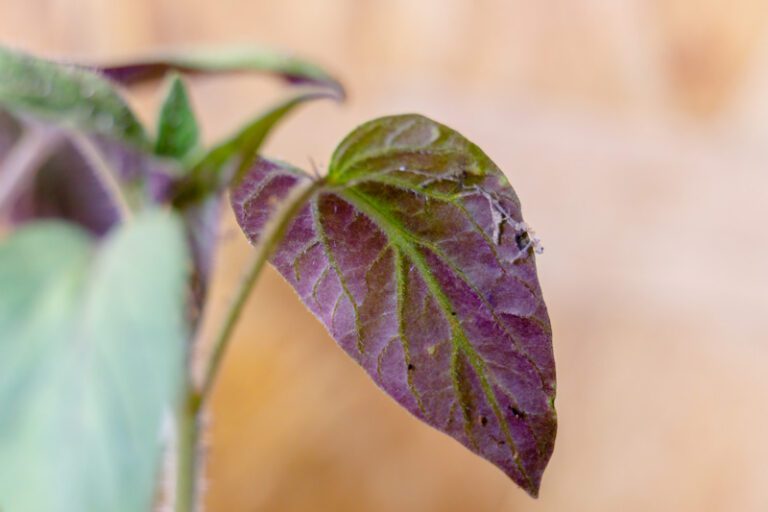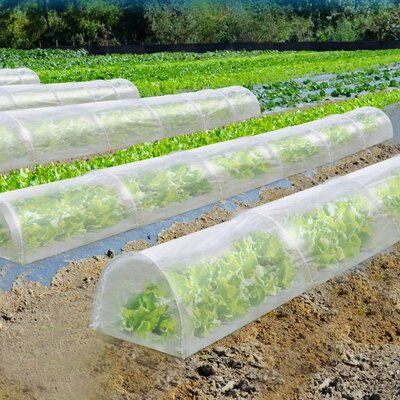Peppercorn Plant: Cultivating Homegrown Black Pepper
Table of Contents
Storing and Packaging: Tips for storing and packaging
Proper storing and packaging techniques are crucial for maintaining the quality and freshness of your products. Whether you are a home gardener or a professional cultivator, following these tips will help ensure your produce reaches its destination in optimal condition.
Firstly, it is important to store your items in appropriate containers. For fresh produce, such as fruits and vegetables, breathable containers like mesh bags or perforated plastic bags are ideal. These containers allow for proper airflow, preventing the produce from spoiling quickly. Moreover, storing similar items together, according to their specific requirements, can help in maintaining their freshness. For example, root vegetables can be stored in a cool, dark place, while delicate greens should be refrigerated to retain their crispness.

In addition to choosing the right containers, proper labeling is also essential for effective packaging. Clearly indicating the contents and the date of packaging on each container can help you keep track of the rotation and ensure freshness. Furthermore, consider utilizing vacuum-sealed packaging for long-term storage of certain produce. Vacuum sealing removes air from the packaging, inhibiting the growth of bacteria and extending the shelf life of your products.
With these simple yet effective storing and packaging tips, you can ensure that your produce remains fresh and appealing for extended periods. By taking the time to implement these practices, you not only improve the quality of your products but also maximize their shelf life, ultimately benefiting both you and your customers.
What are some tips for storing perishable food items?
When storing perishable food items, it is important to keep them refrigerated at the appropriate temperature. Make sure to store raw meats separately from other foods to avoid cross-contamination. Additionally, always check the expiration dates and rotate your stock to ensure freshness.
How can I prevent moisture damage when storing items for a long time?
To prevent moisture damage, it is recommended to use airtight containers or packaging materials that provide a moisture barrier. Silica gel packets can also be used to absorb excess moisture and maintain the quality of stored items.
What is the best way to store fragile or delicate items?
When storing fragile or delicate items, it is crucial to use cushioning materials such as bubble wrap or packing peanuts to provide protection against impact. Place these items in sturdy boxes labeled as fragile, and consider storing them in a secure and stable location to avoid accidental damage.
Are there any specific guidelines for storing electronic devices?
Yes, there are a few guidelines for storing electronic devices. It is advisable to remove batteries before storing, as they can leak and cause damage over time. Keep electronic items in a dry and temperature-controlled environment to prevent moisture and extreme temperature fluctuations, which can affect their performance.
How can I ensure the longevity of stored clothing items?
To ensure the longevity of stored clothing items, it is recommended to clean them thoroughly before storage to remove any stains or dirt that may attract pests. Use suitable storage containers like garment bags or acid-free boxes, and avoid storing them in damp areas to prevent mold or mildew growth.
What precautions should be taken when storing chemical products?
When storing chemical products, always read and follow the manufacturer’s instructions for proper storage conditions. Ensure they are stored in a well-ventilated area, away from direct sunlight and heat sources. Also, keep them separate from incompatible chemicals to avoid any potential reactions.
How can I effectively store and organize small items?
For storing and organizing small items, consider using clear storage containers with compartments or dividers. Label each container for easy identification, and try to group similar items together. Utilizing stackable storage solutions can also help maximize space and keep everything easily accessible.
What is the best way to package fragile items for shipping?
When packaging fragile items for shipping, it is crucial to use sturdy boxes with proper cushioning materials such as bubble wrap or foam inserts. Secure the items in the center of the box, away from the edges, and fill any empty spaces with packing peanuts or crumpled paper. Clearly label the package as fragile and consider adding additional insurance for valuable items.
Are there any specific guidelines for storing and packaging medications?
Yes, when storing and packaging medications, it is important to keep them in their original containers with the appropriate labels intact. Store them in a cool, dry place, away from direct sunlight and moisture. Also, ensure they are out of reach of children and follow any specific storage instructions provided by the pharmacist or manufacturer.
Can you provide tips for storing and packaging artwork?
Certainly! When storing and packaging artwork, it is crucial to use acid-free and archival-quality materials such as acid-free tissue paper or glassine to protect the surface. Framed artwork should be wrapped in bubble wrap and placed in custom-sized boxes with additional padding. Temperature and humidity-controlled storage areas are ideal for preserving the quality of artwork.

Pallavi Gupta is a burgeoning writer at SouthElMonteHydroponics, blending her passion for data analysis with a keen interest in biotechnology. Currently pursuing a Bachelor’s in Biotechnology at Amity University, Pallavi delves into the intricacies of life sciences while gaining hands-on experience in the exciting world of data analysis. Her unique background provides a fresh perspective on hydroponic farming, as she explores the intersection of biotechnology and sustainable agriculture. Through her writing, Pallavi aims to bridge the gap between data-driven insights and innovative farming practices, inspiring others to harness technology for a greener future.






